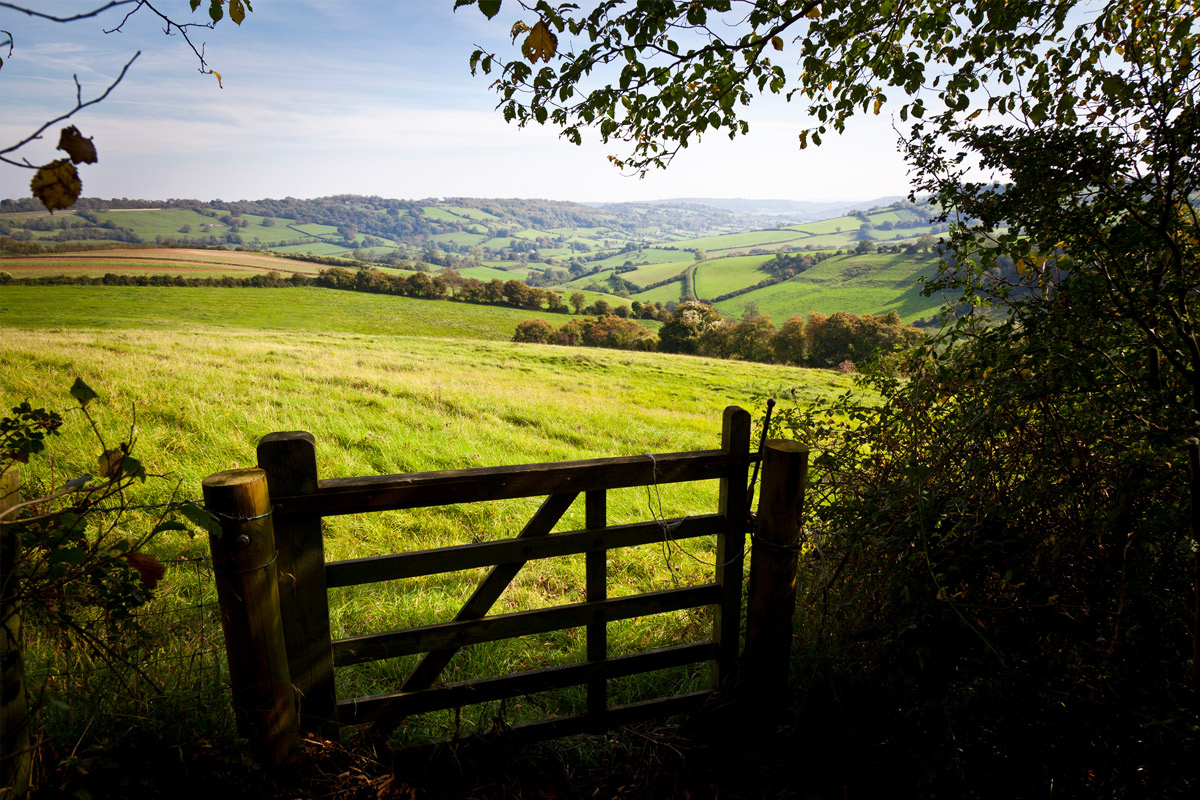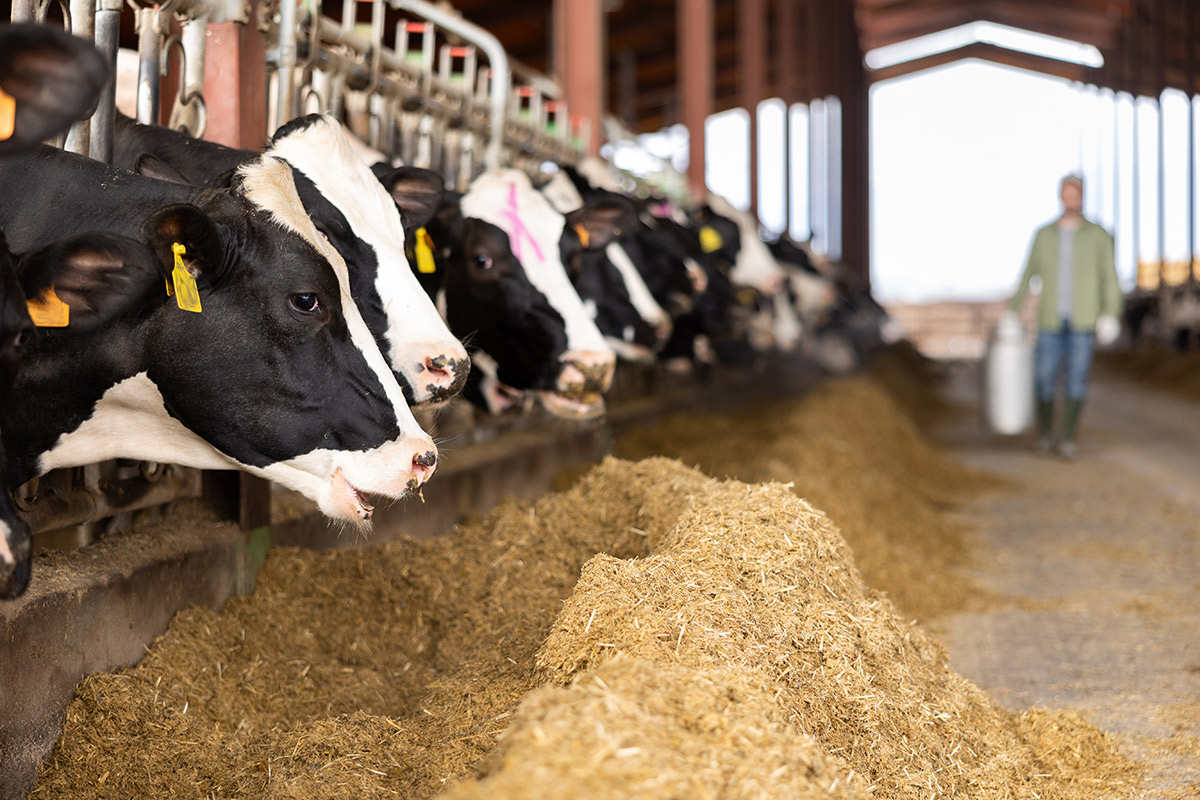Low Environmental Impact
De-icing salt has a low environmental impact when used responsibly. By following codes of good practice, winter maintenance professionals ensure salt is used sensibly and selectively. Colleagues can also facilitate the process. For example, planners can stipulate that roads are built in such a way that salt does not run off into nearby water courses.
Good training for winter maintenance professionals is vital and there are a growing number of sophisticated support tools to help highway engineers ensure they are spreading just the right amount of salt. These include thermal mapping, road weather information, GPS tracking systems and highly sensitive spreading vehicles that can be finely calibrated to alter the spread rate.
The economic value of keeping roads open and relatively safe in icy conditions using salt (sodium chloride) is widely acknowledged. If roads are not cleared, the impact of accidents and increased fuel consumption are likely to be as significant environmentally as they are in economic terms, let alone the human cost.
As long ago as the 1970’s, a US study suggested that as much as 1.2 billion gallons of fuel were saved annually by Winter Maintenance3. A study by Thornes in 2002 concluded that there is an economic benefit of £8 for every £1 spent on winter road maintenance.
As with all highway maintenance activities, there are environmental implications from winter road maintenance. Highways depots, spreading vehicles and the de-icing agent all contribute, but with good management, this burden can be minimised. In general, the environmental effects of salt use are local; so mitigation strategies need also to be local.
Road design, local weather conditions, traffic volume and water table height are just some of the variables which will influence the degree to which de-icing salt will affect the local environment. Consequently, it can be misleading to generalise mitigation advice. This note is designed to indicate areas which should be considered within a winter maintenance strategy for an area and also to help in understanding the true risks involved.
Salt Resources
Sodium is Earth’s sixth most abundant element; much of it present in the form of sodium chloride. Salt is not classified as hazardous for the environment, and the mining of rock salt results in no subsidence or waste.
Salt does not bio-accumulate or degrade. The solubility of salt and the nature of the water systems in the UK mean that salt spread on the roads in winter usually returns quite quickly to the sea from whence it came and from which it can be recovered when economically viable.
Salt used in de-icing can, therefore, be viewed as a truly sustainable resource.
Anti-caking Agent
Crushed rock salt as used in de-icing has a natural tendency to cake quickly in storage, which means that stockpiling rock salt for a winter maintenance programme is impossible without the use of an anti-caking agent.
This overcomes the problems of long term storage, allowing salt delivered well before the winter to remain usable throughout the season and from one year to another.
UK salt producers use sodium hexacyanoferrate (II) at a level below 100mg/kg in rock salt for de-icing.
The additive has a low toxicity and is an authorised additive under both Food and Animal Feed regulations. It is environmentally stable except under conditions of high UV radiation in aqueous solution5. At the levels used in road salt, and under the winter conditions in which it is used, there is no significant environmental risk.
Water
Sodium chloride is a natural substance present in all water in its ionic form of sodium and chloride ions. The ions come from soil erosion, rock salt deposits and biological processes, and there are also some additional ions from industrial sources.
Significant quantities of salt also land on Britain with rain, especially on high ground in the West, where more than 16 kg /hectare of salt are deposited annually6. Whilst the deposition level over most of Britain is considerably lower, these high level areas are also water catchments for much of the UK drinking water supplies.

Typical concentrations of salt ions in the aquatic environment
| Sodium ion (Na+) mg/l | Chloride ion (Cl-) mg/l | |
| Rainwater |
1 |
1 |
| Groundwater |
<20 |
<20 |
| Drinking Water |
<50 |
<50 |
| Thames (Teddington) |
39 |
45 |
| Severn (Haw Bridge) |
34 |
50 |
| Forth |
8 |
11 |
| Bann |
18 |
19 |
As salination and sodium and chloride ion concentrations in water are considered in existing and planned UK and European regulations, activities which may increase these need to be considered carefully.
Studies in Scandinavia8 have indicated that salt levels in groundwater can increase with de-icing activities, though an unpublished co-operative study in the UK and other European countries9 appears to have been less conclusive.
However, to avoid any risk of contaminating drinking water, salt should not be stored or used where there is a danger of it leeching into potable water supplies.
Soil
Salt has been used in soil stabilisation and is known to lead to consolidation. It can also be involved in ion exchange processes with calcium and other anions, including heavy metals, which are then released into the environment.
However, studies have also shown that salt effects on soil are restricted to the immediate road verge10, where they are only one element of the general roadside impact of traffic.

Vegetation
Effects of salt on vegetation are varied, largely dependent on species. Some plants are highly salt tolerant and others can be badly affected.
Salt sensitive plants should not be positioned where they could come into contact with de-icing salt.
The pathways of damage are osmotic effects caused by sodium intake at the roots, or leaf ‘burning’ effects of airborne chloride, often exacerbated by other traffic-related pollutants.
However, damage is usually restricted to plants in the road verge and associated with high, sometimes indiscriminate, salt use. It can be avoided by road design, plant selection11 and good spread width control.
Existing effects may be reversed by the application of gypsum12.
Corrosion
It is recognised that chlorides contribute to metal corrosion. Modern vehicle design and consideration of the de-icing activity in designing and building road structures have both helped to reduce the impact of corrosion.
The use of corrosion inhibiting additives is now being trialled in the UK, with some success. Vehicles and metal structures exposed to salt should be cleaned down regularly to avoid accumulation of salt.
Concrete
Concrete scaling or spalling is sometimes associated with salt15. However, this is not chemical attack, but an exacerbation of the freeze/thaw effects of temperature related expansion and contraction.
This can be minimised by the use of air entrained concrete and adequate curing times before exposure to salt. Spalling can also occur if the steel rebars suffer corrosion, but 50mm of unbroken concrete cover should prevent the initiation of this corrosion.
Good Practice
The UK Environmental Agency and the Winter Maintenance industry have developed a variety of guidance documents over the years. The EA guidance note PPG10 outlines the requirements for salt storage in depots.
Wherever possible, salt supplies should always be stored under cover. Industry guidance emphasises the need for proper calibration of spreading vehicles, gives recommended spread rates and advocates the use of forecasting systems to ensure that the de-icing activity only, but always, occurs when weather conditions demand.
The Salt Manufacturers’ Association sums up this guidance as ‘As much as necessary, as little as possible’.
Read more on Best & Codes of Practices

Animals & Fish
Salt is an essential component of the animal diet. They have an ‘hunger’ for salt, seeking it out when they have an inadequate supply. Given free access to salt, however, they do not over-consume it. For this reason, salt blocks are sometimes used in the diet of domesticated animals as a carrier for trace elements, in order to provide a controlled dosage.
Occasional reports are heard of animals being involved in accidents because they have come onto the road to lick off the de-icing salt, but such reports are rare. Studies in North America suggest that most animal/vehicle accidents occur in spring and autumn, outside the winter maintenance season 13, 14.
Freshwater aquatic creatures, such as fish and amphibians have varying, species-related responses to increased salinity. Whilst salt is often added to aquaria and garden ponds to control fungal diseases and serve as a general ‘tonic’ for fish, some species can find as little as 400mg/kg harmful.
Care should be taken if species are, or could be, sensitive to salt and, as a general rule, every effort should be made to avoid salt leeching into water courses.
Reach
Whilst the REACH (Registration, evaluation and authorisation of chemicals) Directive is not yet finalised, as a mineral which is not chemically altered in processing, rock salt is covered by Annexe III.
This means that it is exempt from any obligation to register. However, the Salt Industry will continue to monitor the development of the regulations and take all necessary steps to ensure that information is supplied to regulatory authorities as and when it may be required.
References:
- Road Salting International Benefit/Cost Review J E Thornes JET MET Service 1998
- European Co-operation in the Field of Scientific and Technical research, (COST) project 344, Improvements to Snow & Ice Control on European Roads and Bridges, Final Seminar, December 2002
- Benefits and costs in the use of salt to de-ice highways. Brenner and Moshman. Institute of safety analysis, Washington. Nov 1976
- Natures Building Blocks, John Emsley, OUP 2001
- The Acute Toxicity of Salt Ferrocyanide Mixtures to Rainbow Trout, Brixham Laboratories 1971 (Unpublished)
- Centre for Ecology & Hydrology, Natural Environment Research Council
- TBA
- The effects of Road Salt & other Highway Pollutants on the Water Quality and Circulation Conditions in Lake Paddurvan, Jorgenson, Baeker, Faerovig. PIARC Winter Road Congress 2006
- Pollution of Groundwater and Soil by road and Traffic Sources: Dispersal Mechanisms, Pathways and Mitigation Measures(POLMIT) 1997-99 (unpublished)
- Research on Environmental Impacts of Deicing Salt, Kimura,Namikawa,Song & Kuwabara PIARC Winter Road Congress 2006
- Highway Salt & our Environment, Salt Institute 2004.
- De-icing Salt Damage To Trees And Shrubs, M C Dobson, Forestry Commission Bulletin 101, 1991
- C H Thompson Wisconsin Department of Transportation 1998
- Wild life mortality in transportation corridors in Canada’s National Parks, DSL Consultants, Ottawa
- Concrete Deterioration by Deicing Salts: An Experimental Study Robert D. Cody, Anita M. Cody, Paul G. Spry, and Guo-Liang Gan Semisequicentennial Transportation Conference Proceedings Iowa State University, Ames, Iowa 1996.
- The Performance of Concrete in Bridges, Department of Transport (UK) 1989
- Pollution Prevention Guidelines, Highways Depots PPG10, Environment Agency (UK)
